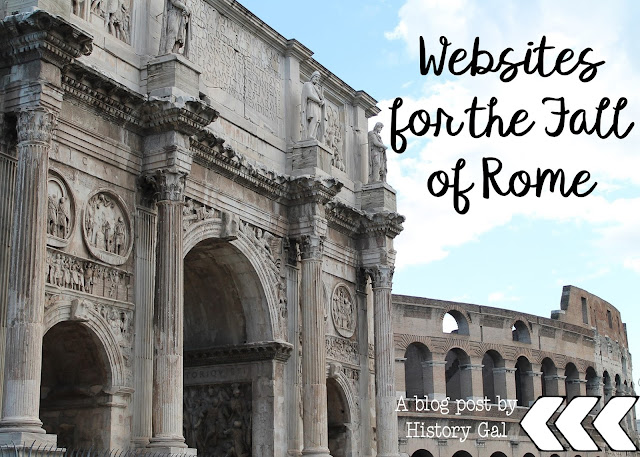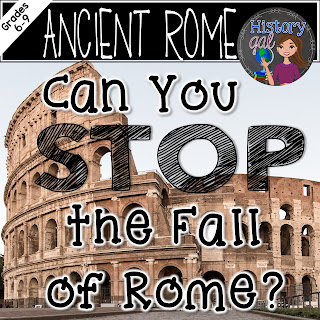Often kids sit on the sidelines of history, but this was not the case in 1963 Birmingham.
A Little Background:
1963
Birmingham, Alabama was a deeply segregated city. Learn more about it by reading the
Birmingham Segregation Codes, 1951, viewing
photographs from the Library of Congress, or visiting the site
Kids in Birmingham.
Birmingham Campaign
In
April 1963,
the Alabama Christian Movement of Human Rights and the SCLC led by
Martin Luther King, Jr. began a series of marches and sit-ins to
challenge the segregation that existed in the city.
The 16th Street Baptist Church served as a headquarters and meeting place for the campaign.
On
April 12, 1963, Martin Luther King, Jr and more than 50 others were arrested for violating a
court ordered injunction. While in jail, King wrote
Letter from Birmingham Jail. With many of the movement's leaders imprisoned, the protest was at a critical point. SCLC
leader
James Bevel believed that a Children's Crusade might turn the
tide in Birmingham and began teaching thousands of children non-violent
tactics.
May 2, 1963 - Over a thousand students,
including some in elementary school, skipped school and met at the 16th
Street Baptist Church. One principal tried to keep his students safe by
preventing them from joining the marches. He locked the school fence
to keep all the students safely inside. Determined students just scaled
the fence, joined the protestors at the church, and
marched to downtown Birmingham. By the end of the day, several hundred students had been arrested.
Why would students join the protest? Check out these sites to learn why:
New Yorker article,
interview with Miriam McClendon, interview with Audrey Hendricks, and
BBC Witness.
May 3-5, 1963 -
The Children's Crusade continued. This time, Birmingham Commissioner of Public Safety,
Bull Conner,
was prepared to meet the peaceful marchers with powerful fire or water
hoses, vicious police dogs, and police armed and ready to attack with
batons.
Despite the violence, each day more students and more marchers
arrived at the 16th Street Baptist Church to continue the non-violent
marches and protests.
Photographers and news crews captured
the violent actions. Images of school children being knocked down by
high pressure water and being challenged by police dogs resulted in a
worldwide outcry against the Birmingham police and government. The Communist world, in particular, devoted a lot of media attention to the events in Birmingham. Why do you think they would do that?
See some of the images seen by the world:
Photographs from Charles Moore
By
May 6, so many students and adults had been arrested that the Alabama State Fair grounds had to be turned into a makeshift prison!
Results:
May 10, 1963
- Birmingham store owners agreed to desegregate all lunch counters,
bathrooms, water fountains, and fitting rooms. Stores would hire African
American clerks and sales people and the city agreed to free all who
had been arrested. However, the Birmingham Board of Education decided to
expel all students who had participated in the protests (the expulsions
were eventually overturned with a court ruling).
 May 11, 1963
May 11, 1963 - A bomb destroyed the motel where King had been staying.
May 13, 1963 - President Kennedy deployed 3000 federal troops to Birmingham to restore order.
The actions of the incredibly brave students who participated in the Children's crusade, changed United States history. After the events in Birmingham,
President Kennedy announced his support of a Civil Rights Act. The Civil Right Act was finally passed in 1964
at the urging of President Johnson.
Looking for more Civil Rights Movement Resources?
You might like:
If you enjoyed this post, you should sign up for my monthly newsletter for more great ideas, tips, and exclusive freebies!






































